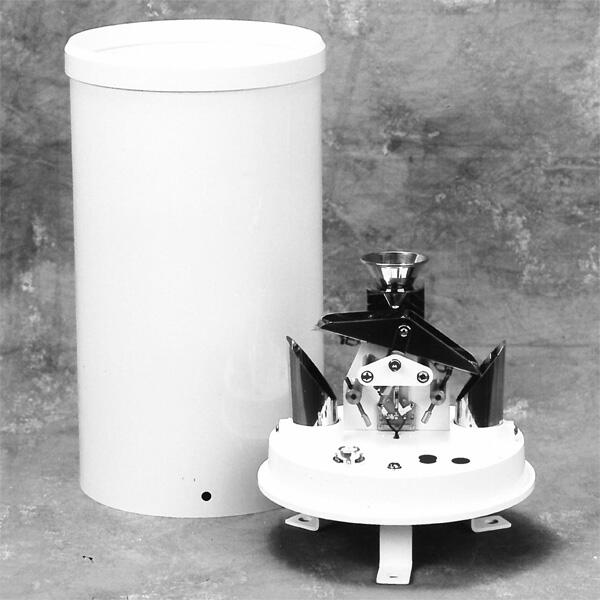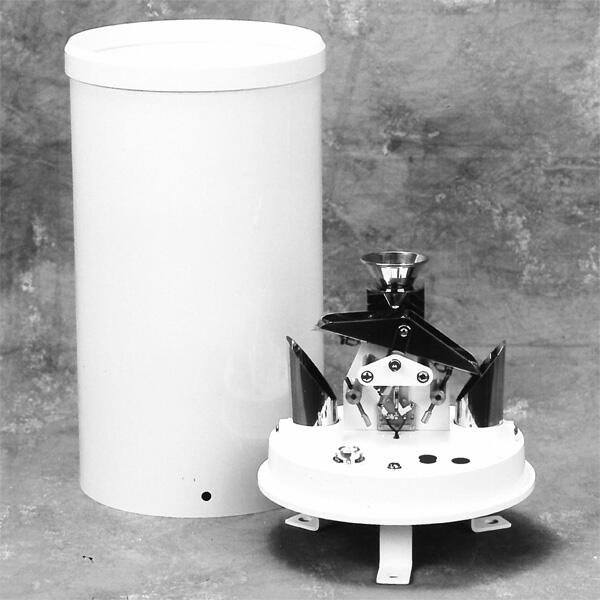
# Rain Gauge Applications in Weather Monitoring and Water Resource Management
Rain gauges are essential tools in meteorology and hydrology, providing critical data for weather monitoring and water resource management. These instruments measure the amount of precipitation over a specific period, offering insights into rainfall patterns and helping professionals make informed decisions.
## Weather Monitoring
In weather monitoring, rain gauges play a pivotal role in tracking precipitation levels. Meteorologists rely on accurate rainfall data to predict weather patterns, issue warnings, and study climate trends. By analyzing historical rain gauge data, scientists can identify long-term changes in precipitation, which is crucial for understanding climate change.
### Types of Rain Gauges
There are several types of rain gauges, each suited for different applications:
– Standard Rain Gauge: A simple, manual device that collects rainfall in a graduated cylinder.
– Tipping Bucket Rain Gauge: An automated gauge that tips when a certain amount of rain is collected, recording each tip electronically.
– Weighing Rain Gauge: Measures the weight of collected precipitation, providing highly accurate data.
## Water Resource Management
Rain gauges are indispensable in water resource management. Accurate precipitation data helps in planning and managing water supplies, especially in regions prone to droughts or floods. By understanding rainfall distribution, water managers can optimize reservoir levels, irrigation schedules, and flood control measures.
### Applications in Agriculture
Farmers use rain gauge data to make informed decisions about planting and irrigation. Knowing the exact amount of rainfall helps in scheduling irrigation efficiently, conserving water, and maximizing crop yields. This is particularly important in arid regions where water is a scarce resource.
### Urban Planning and Flood Control
In urban areas, rain gauges are used to monitor and manage stormwater. Accurate rainfall measurements help in designing effective drainage systems and flood control structures. This is crucial for preventing urban flooding and minimizing damage to infrastructure.
## Conclusion
Rain gauges are vital instruments in both weather monitoring and water resource management. They provide the data needed to understand and predict precipitation patterns, manage water resources efficiently, and mitigate the impacts of extreme weather events. Whether in agriculture, urban planning, or climate research, rain gauges play a crucial role in ensuring sustainable water management and weather preparedness.
Keyword: rain gauge uses
